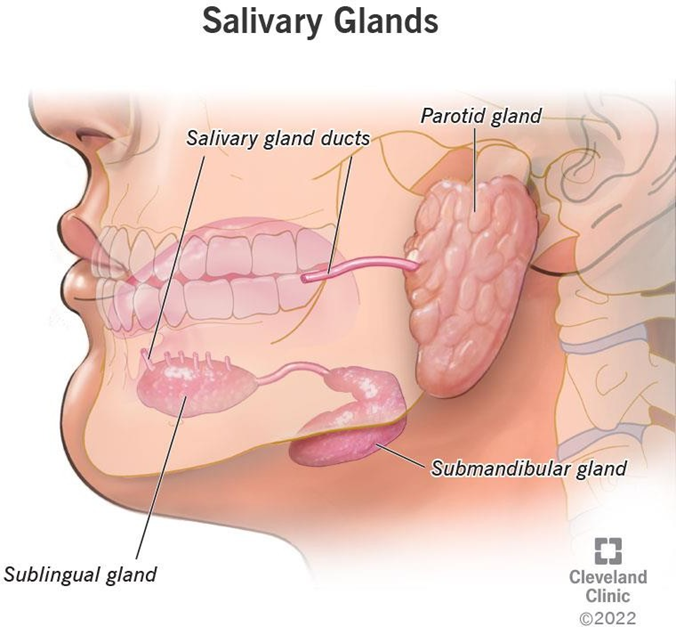As a member of the health care team, the LPN/LVN understands that discharge planning for the hospitalized patient begins:
at the time of admission.
immediately following diagnostic procedures or surgery.
as soon as a family meeting is scheduled.
the day before discharge.
The Correct Answer is A
A. Discharge planning ideally begins as soon as the patient is admitted to the hospital to ensure a smooth transition and continuity of care post-discharge.
B. While discharge planning intensifies after procedures or surgery, the groundwork for planning should begin earlier during the admission process.
C. While family meetings are crucial for effective communication and planning, discharge planning ideally starts earlier, not necessarily when the meeting is scheduled.
D. Waiting until the day before discharge is not considered optimal for comprehensive discharge planning, as it may not allow sufficient time for arrangements and coordination.
Nursing Test Bank
Naxlex Comprehensive Predictor Exams
Related Questions
Correct Answer is A
Explanation
A. Saliva contains enzymes like amylase that break down starches into simpler sugars, initiating their digestion in the mouth.
B. Fat digestion primarily starts in the small intestine with the action of bile and pancreatic lipase.
C. Protein digestion begins in the stomach with the action of enzymes like pepsin.
D. Fiber is not digested by enzymes in the human digestive system, though it aids in digestion and promotes bowel movements.

Correct Answer is A
Explanation
A. Older adults often experience decreased taste and smell sensitivity, leading to reduced appetite and interest in food.
B. While tissue repair might be needed, aging doesn't necessarily demand more calories solely for this purpose.
C. Taste preferences may change with age, but not necessarily a universal decrease in the taste for sweets.
D. Nutrient requirements may remain relatively stable or decrease due to changes in metabolism and decreased activity levels rather than solely due to cell loss.
Whether you are a student looking to ace your exams or a practicing nurse seeking to enhance your expertise , our nursing education contents will empower you with the confidence and competence to make a difference in the lives of patients and become a respected leader in the healthcare field.
Visit Naxlex, invest in your future and unlock endless possibilities with our unparalleled nursing education contents today
Report Wrong Answer on the Current Question
Do you disagree with the answer? If yes, what is your expected answer? Explain.
Kindly be descriptive with the issue you are facing.
